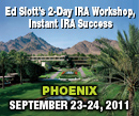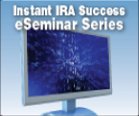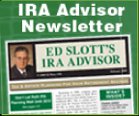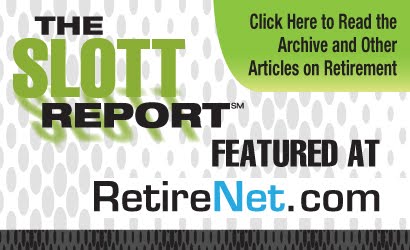This week we present retirement planning K-0, well it should be "O" but since we don't like that curved letter that looks like a zero, we omitted it from the series.
Keep your beneficiary form up to date and in a safe place. The beneficiary form is the most important document there is when it comes to retirement accounts. As life events, such as a birth, death, marriage or divorce, occur, beneficiary forms often need to be updated to reflect your current wishes. As a general rule of thumb, beneficiary forms should be reviewed once per year, even if nothing has changed. Be sure to maintain copies of your most current beneficiary forms with your important documents and make sure your loved ones know where to find them, if necessary.
Leaving Roth IRA money alone when you have other funds available is generally the best approach. After all, Roth IRA money is growing tax-free and can continue to do so the rest of your life without being touched. Why take money from an account growing tax-free when you can take money from an account where those same gains would be taxable? Accumulating money is a big part of the retirement planning equation, but figuring out how to distribute those funds is equally as important, if not more so. After all, once you’re in the “distribution mode” you’ve likely stopped contributing additional funds, so any mistake that’s made is that much harder to make up.
Make sure you are taking required minimum distributions (RMDs) on time. For IRA owners, RMDs begin in the year they turn 70 ½ and continue for life or until the account is exhausted. Distributions are generally calculated using the prior year’s December 31st IRA balance and the Uniform Lifetime Table issued by the IRS. Beneficiaries of IRAs (and Roth IRAs) must begin taking RMDs in the year after the IRA owner died. Distributions for the first year are calculated using the inherited IRA’s balance on December 31st of the prior year and the Single Life Table issued by the IRS. Missed RMDs for either owners or beneficiaries are subject to a whopping 50% penalty, so missing even just a single distribution could turn into a costly mistake.
Net unrealized appreciation (NUA) - and other lump sum distribution options - should carefully be evaluated before 401(k) and other plan funds are rolled over to IRAs. Although when most people leave their job, the best option is rolling over plan funds to an IRA, sometimes a tax break like NUA is available that offers greater benefits. NUA is available when individuals have appreciated stock of the company they work for in their retirement plan. While the mechanics of the an NUA transaction can be a bit complex (consider seeking professional guidance), the end result can allow an eligible plan participant to essentially “trade” ordinary income tax rates for capital gains rates on a portion of the value of their shares. This can be as much as a 20% tax savings.
By Jeffrey Levine and Jared Trexler
------------------------------------------------------------------------------
Comment, Question, Discussion Topic on your mind? Click on the Blue Comment Link below and leave your thoughts then check back to see what other consumers and advisors think.
Also, share this article on Facebook, Twitter, and show us you approve with the Google +1 app under each title.
*Copyright 2011 Ed Slott and Company, LLC






0 comments:
Post a Comment